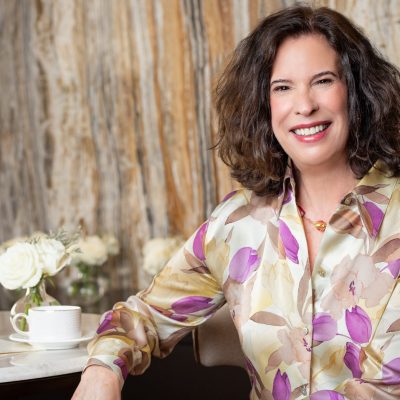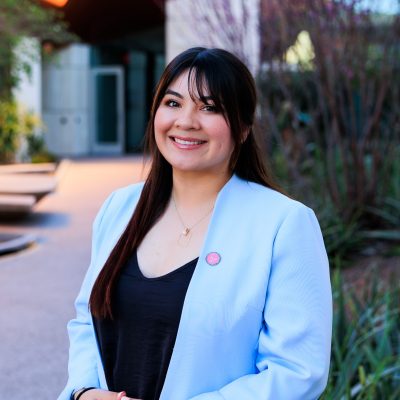The Future of Sustainable Fashion

Designer Galina Mihaleva decodes genderless fashion
Arizona’s unique aesthetic inspires creatives daily. Couture designer Galina Mihaleva, associate professor at Arizona State University, couples unconventional fabrics with traditional tailoring. A graduate of the National Academy of Arts in Sofia, Bulgaria, she has been creating custom-designed dresses since 2007. Her philosophy is to focus on slow fashion, a bespoke garment for each customer.
“I like mixing traditional and innovative techniques,” Mihaleva said. “I create unique outfits that perfectly fit the body and its movements.” Local connoisseurs, including Billie Jo Herberger, Vicki Vaughn and Jordan Rose, acknowledge her talent by wearing Galina Couture gowns at galas and balls.
While Mihaleva uses traditional and artistic apparel techniques to perfection, the future also offers a great source of inspiration for her designs. In 2011, the designer enhanced her knowledge in smart and innovative textiles by returning to the National Academy of Arts in Sofia to pursue a doctoral thesis. Today, her designs reflect her ongoing experimentation of versatile shape-shifting techniques on different materials and fabrics.
Advances in technology allow the use of thermoplastics with origami and heat-setting Japanese Shibori techniques, hand-painted DuPont Tyvek fabric, 3D-printed textiles and felt laser cutting. In addition to exploring materials, Mihaleva’s wearable technology pieces are embedded with sensors that interact with the wearer or the environment, reflecting on global or personal issues and emotions.
Mihaleva’s work has been shown at Paris Fashion Week, Festival de Cannes and Look Forward Fashiontech Festival in France, as well as in Belgium, Brazil, Singapore, Japan and at Scottsdale Museum of Contemporary Art.
The avant-garde designer was a professor at Nanyang Technological University in Singapore for eight years — she taught fashion art and technology and established the sustainable textiles lab. In 2017, she joined Arizona State University’s faculty, where she is now sharing her knowledge of clothing construction, wearable technologies and sustainability in the new fashion program.
A true advocate of sustainable fashion, Mihaleva supports the idea that fashion should not harm people or the planet. Innovation is key in Mihaleva’s spirit, and she’s currently researching a new concept — genderless fashion.
“Gender-fluid or gender-inclusive clothing can be any clothing, in theory,” said Nick Paget, a senior analyst at WGSM, a global trend-forecasting company. “The notion that clothing as an expression of our personality belongs to one gender or another is the social construct that needs disassembling.”
Simply put, unisex clothing is more functional “because anyone can wear it, and everyone looks great in it. Since outfits are less likely to have patterns, they are easier to pair with different attires. Consequently, sharing or donating clothing also becomes easier since it’s not gender-specific. And when it comes to kids’ clothes, unisex clothing doesn’t put them into categories. Instead, children can explore various clothing options without having too many choices,” Mihaleva said.
Since genderless fashion is more functional, it only makes sense that it’s also cheaper in the long run. “Adults can share their clothing with friends or partners, and parents can keep children’s clothing for further hand-me-downs. When you buy clothing both for yourself and your children, sustainability is key because throwing clothing away is wasteful,” Mihaleva said.
Genderless clothing puts sustainability, functionality and cost-efficiency at the heart of the fashion industry. As futuristic as the concept might seem today, unisex clothing might become the new normal, embraced with pride and optimism.






